Sweat Bee Facts
- Firstly, the highly distinctive term Sweat Bee serves as the collective common name for an incredibly large Family of bees. In point of fact, this Family, with the scientific name of Halictidae, actually forms the second-largest group placed within the Order of Hymenoptera. Furthermore, the enormous grouping holds approximately 1,000 recognized species.
- Secondly, its collective common name understandably derives from a particular characteristic shared by all members of the Family. That’s because all of the various species evolved to be strongly attracted to salt, including that secreted in human perspiration. Yet another trait shared by each of them is the simple fact of remaining quite small in size, compared to other types of bee.
- Given that so many different species fall under the category of Sweat Bee, statuses naturally differ. As a result, some of the members of the group appear to have stable populations, while others appear to be declining. A few also appear on the IUCN Red List. However, it must be considered that many of them now face the danger of climate change, just as numerous other species.
Related Articles

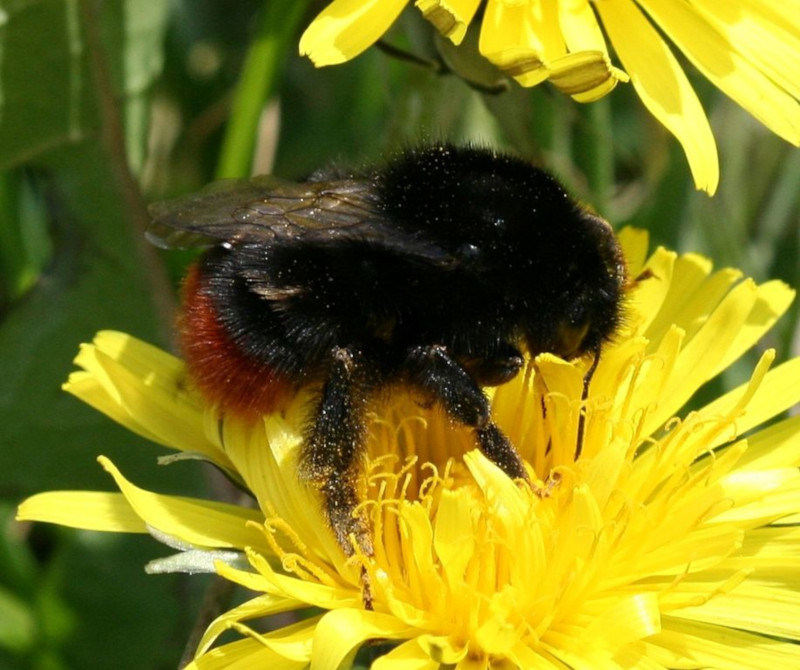
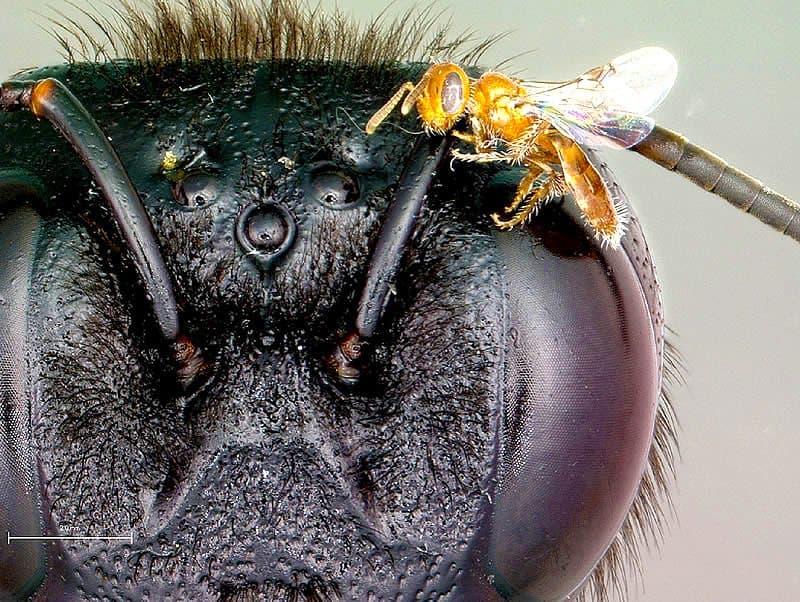
Sweat Bee Physical Description
Since the term Sweat Bee applies to so many species, physical differences naturally exist among the differing species. Nevertheless, the members of this absolutely amazing group of arthropods do share certain general physical characteristics. For one thing, the various species of this type of bee attain lengths averaging between 0.12-0.4 in (3-10 mm). Secondly, the overall body shape presents as relatively quite slender.
Most varieties of Sweat Bee present a variety of bright colors, often mimicking other bee types. However, a few species appear dark in color. Some of the brighter colors its displays include vibrant reds, greens, and yellows. The Sweat Bee does possess a stinger and venom, but rarely stings unless directly threatened. However, its venom ranks as extremely mild, and usually only generates discomfort similar to that of a mosquito bite.
- Kingdom: Animalia
- Phylum: Arthropoda
- Class: Insecta
- Order: Hymenoptera
- Family: Halictidae
Sweat Bee Distribution, Habitat, and Ecology
The various forms of Sweat Bee have an almost global distribution. Further, this insect appears in every part of the world, except for the Arctic and Antarctic regions. But, the majority of its population does appear within a more specific geographical range. This holds true due to the fact that most of the forms of this invertebrate appear in either Canada, or the United States, in North America, or Central America.
In addition, the vast majority of the representatives of this fascinating Family evolved as what’s known as eusocial insects. As a result, groups possess a queen and a highly defined worker caste. A few also evolved as what entomologists know as kleptoparasites. These actually lay their eggs in the nest of other bees. Following their hatching, the young bees then steal the food supplies of the host nest.
Of some interest to researchers remains the fact that the Sweat Bee forms one of the few varieties of bee that live as crepuscular in nature. Further, a few even appear nocturnal. Additionally, most types of this insect construct nests on the ground, though a few will make their nests in rotted wood. Though these insects are pollen feeders, it still remains unknown whether they play a role in pollination.
Species Sharing Its Range

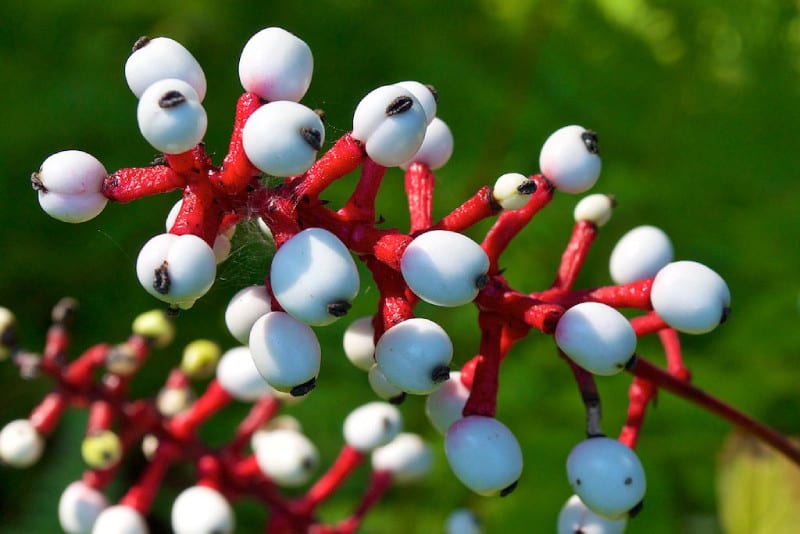

Check out our other articles on 4 Stunning South American Woody Shrubs, Bornean Flat Headed Frog, Socotra, Sapphire Tower, Tiger Rattlesnake, Little Penguin, California Sea Lion
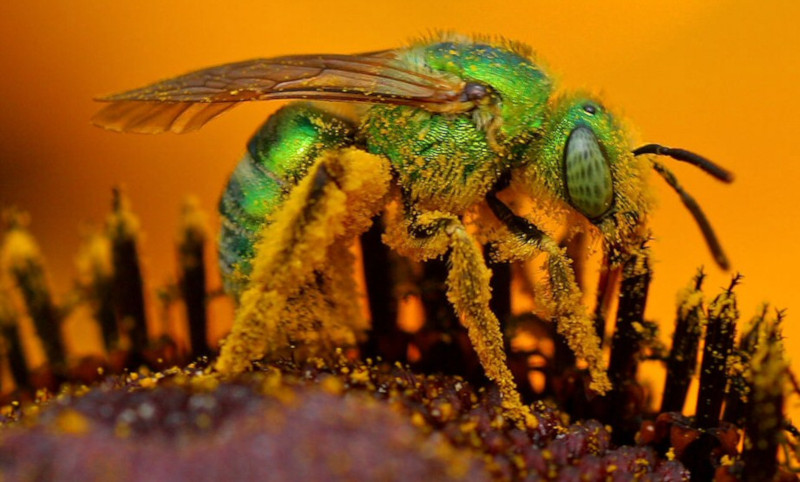
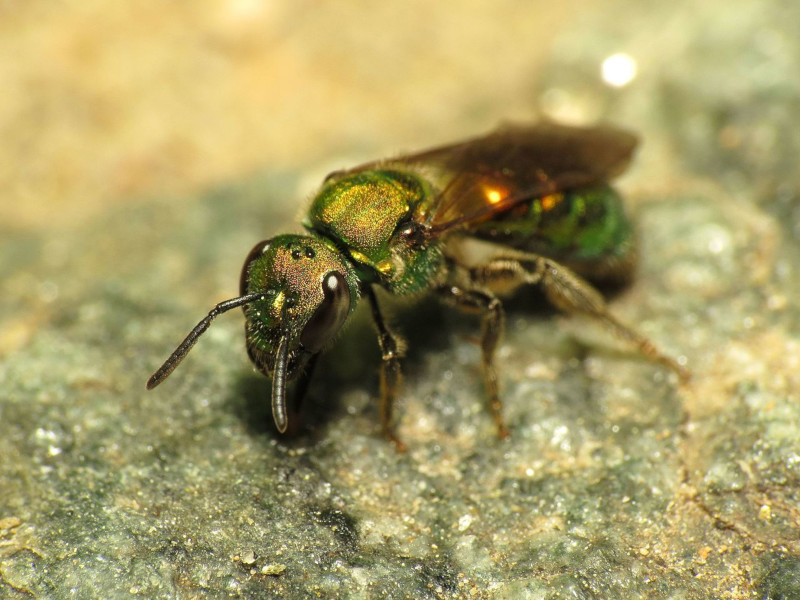
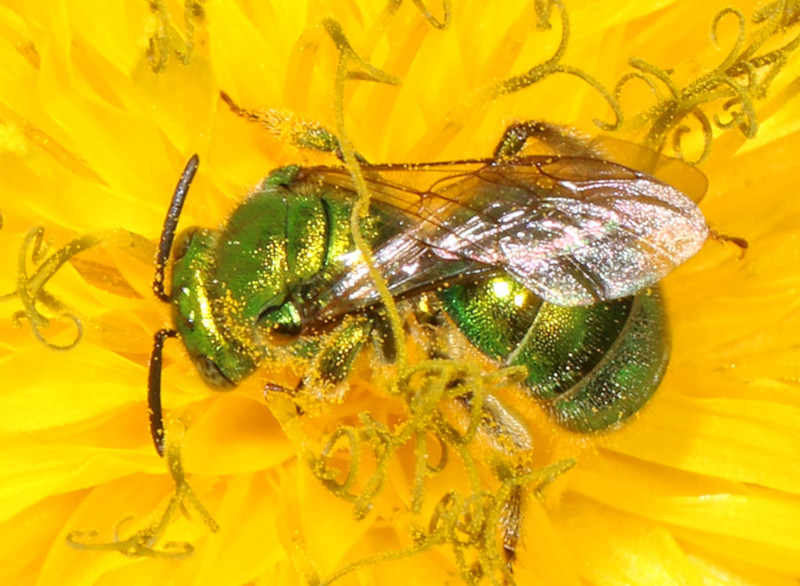









Leave a Reply